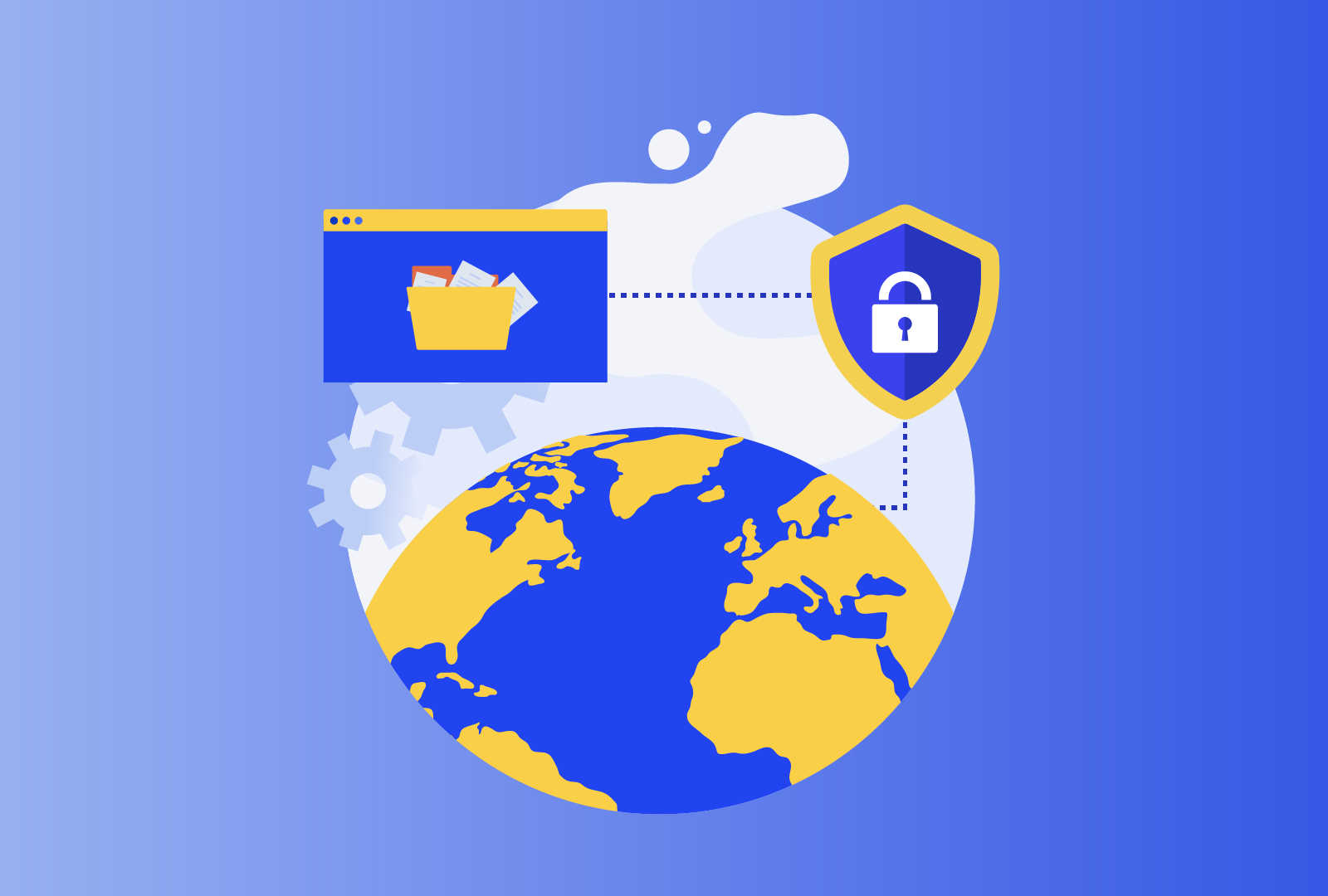Monitoring and audit are essential components of privacy programs, as they help organizations ensure that their data protection policies and procedures are being followed. By monitoring and auditing data activities, organizations can identify potential privacy risks and take appropriate measures to mitigate them. They can also identify any non-compliance issues and take corrective action before any harm is done.
Moreover, monitoring and audit can help organizations demonstrate their compliance with data protection laws and regulations. Regulators expect organizations to be proactive in protecting personal data, and monitoring and audit can help them demonstrate that they have implemented appropriate safeguards. It can also help organizations build trust and enhance their reputation.
More precisely, monitoring refers to the continuous efforts made by organizations to manage, control, and report on the risks associated with their privacy management practices. It involves keeping a watchful eye on these activities to ensure that they are being carried out effectively and to identify any potential issues that may arise.
Monitoring efforts can be built around three focus areas – compliance and risks, regulations, environment.
Compliance and risk monitoring involves ensuring that all policies, guidelines, and procedures related to privacy management are in place and functioning as intended, while also considering potential risks. It is crucial to monitor compliance to detect and correct any violations, support enforcement actions, and evaluate progress towards meeting privacy goals.
Monitoring of regulations implies that constantly changing legal landscape is duly tracked and taken into account. News subscriptions, participation in professional conferences and forums, as well as rubbing minds with experts are a great way to stay aware of the most recent developments.
Monitoring of the environment implies identifying potential vulnerabilities within an organization’s physical and IT infrastructure, as well as addressing insider threats and cybersecurity risks. This process includes assessing building access and visitor activities, ensuring that employees are aware and properly trained in privacy policies, and protecting against threats such as theft or sabotage of sensitive information. By applying monitoring of the physical environment and IT assets, organizations can identify potential risks and take necessary measures to mitigate them.
From the perspective of specific objects, monitoring can be performed in respect of, for example, tools (e.g., network tools, storage tools), data breaches occurred and investigated, data subject requests handled, third-party vendors, etc.
Audit involves a review of the organization’s privacy program to identify gaps, risks, and opportunities for improvement. In other words, audit can be considered as a specific type of monitoring that, first and foremost, focuses on privacy controls put in place.
Normally, audits should be scheduled and conducted on a regular basis, periodically, at a pre-defined period of time. This may be done based on the approved timetable of audits scheduled in a particular year or quarter. However, audits might be delivered when changes happen – e.g., system updates, information security incidents, mergers and acquisitions in respect of new entities, etc.
Audits themselves might be as follows:
- self-audits (first-party audits) – oftentimes used for self-certification purposes, but also just to get an internal understanding of the current level of compliance;
- supplier audits (second-party audits) – it implies engagement of an external auditor on a contractual basis. Normally, before the audit, both parties (auditor and auditees) agree on a set of standards and requirements against which the current privacy practices will be audited;
- independent audits (third-party audits) – those are conducted by independent external parties, oftentimes on the basis of different frameworks (such as those developed by NIST or ICO).
Audits normally start with defining the scope and objectives of a particular audit. This includes identifying the processing activities, and systems that will be assessed. This will help to identify key employees, externals, vendors who should be contacted and also to focus efforts on areas that are most critical for the organization’s privacy program.
Once the above is done, the audit should be properly planned and prepared. This involves the selection of the auditor, entering into contract with that auditor and setting up required intro meetings, filling out questionnaires and check-lists, ensuring the participation of key stakeholders and alignment on the timeline, scheduling meetings and holding opening meetings with each stakeholder.
Next stage is conducting the audit as per the agreed-upon parameters and methodology and assessing the organization’s compliance with relevant privacy laws and regulations. This implies data collection in various forms and also involves reviewing policies and procedures, conducting interviews with personnel, and reviewing data flows. This stage also includes information and risk analysis: once the data has been collected, the audit team will evaluate it and conduct a risk assessment to identify potential privacy risks and vulnerabilities.
The last stage in the audit process is closure and remediation. The audit team will prepare a report that includes a summary of the audit findings, identifies privacy risks and vulnerabilities, and makes recommendations for remediation which are then implemented (as appropriate – taking into account agreed-upon timeline). The audit team may also conduct follow-up reviews to ensure that the recommendations have been implemented and are effective.
In conclusion, privacy audits are an essential component of modern business operations. They help organizations comply with privacy laws and regulations, identify and address privacy risks and vulnerabilities, and provide assurance to stakeholders that the organization takes privacy seriously. Organizations that conduct privacy audits are better positioned to protect their customers’ personal information and reduce the risk of data breaches and privacy violations.





Comments are closed.